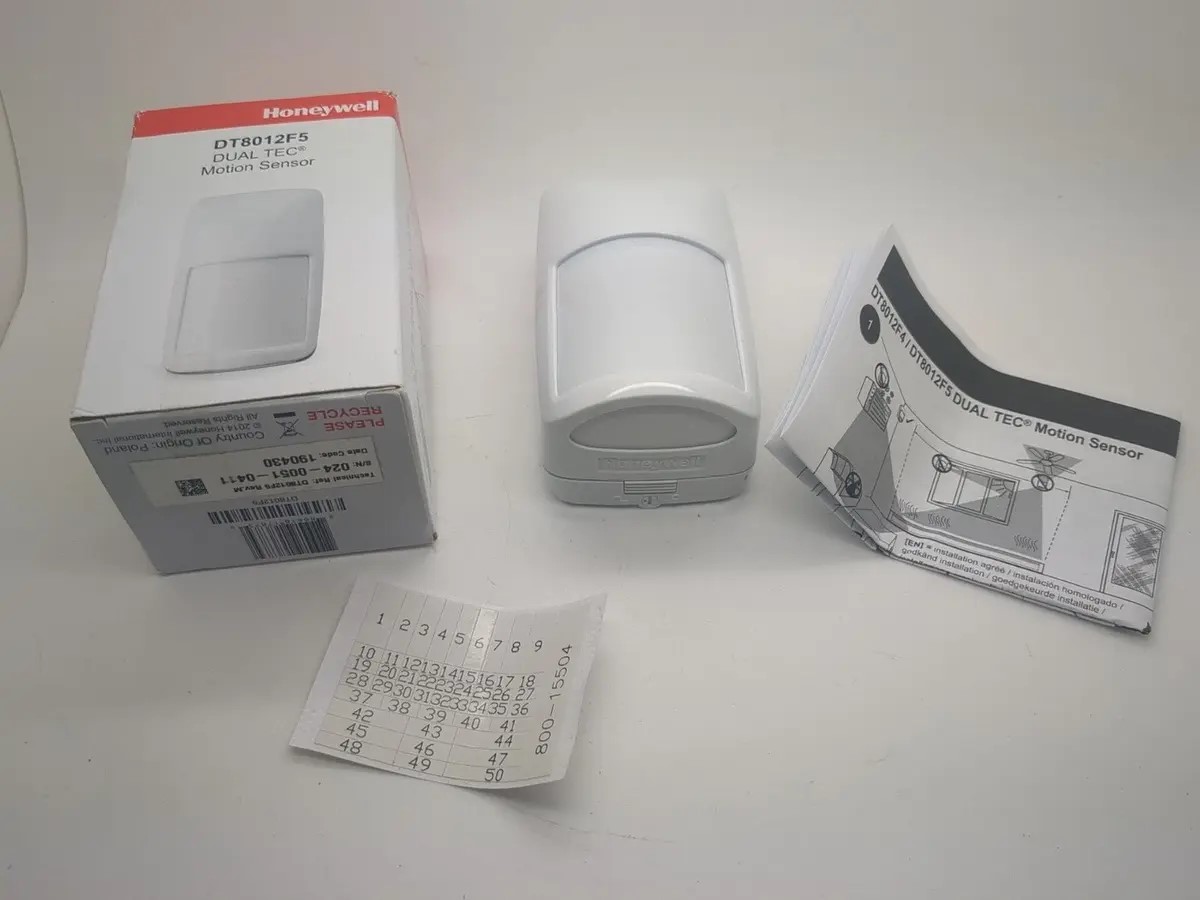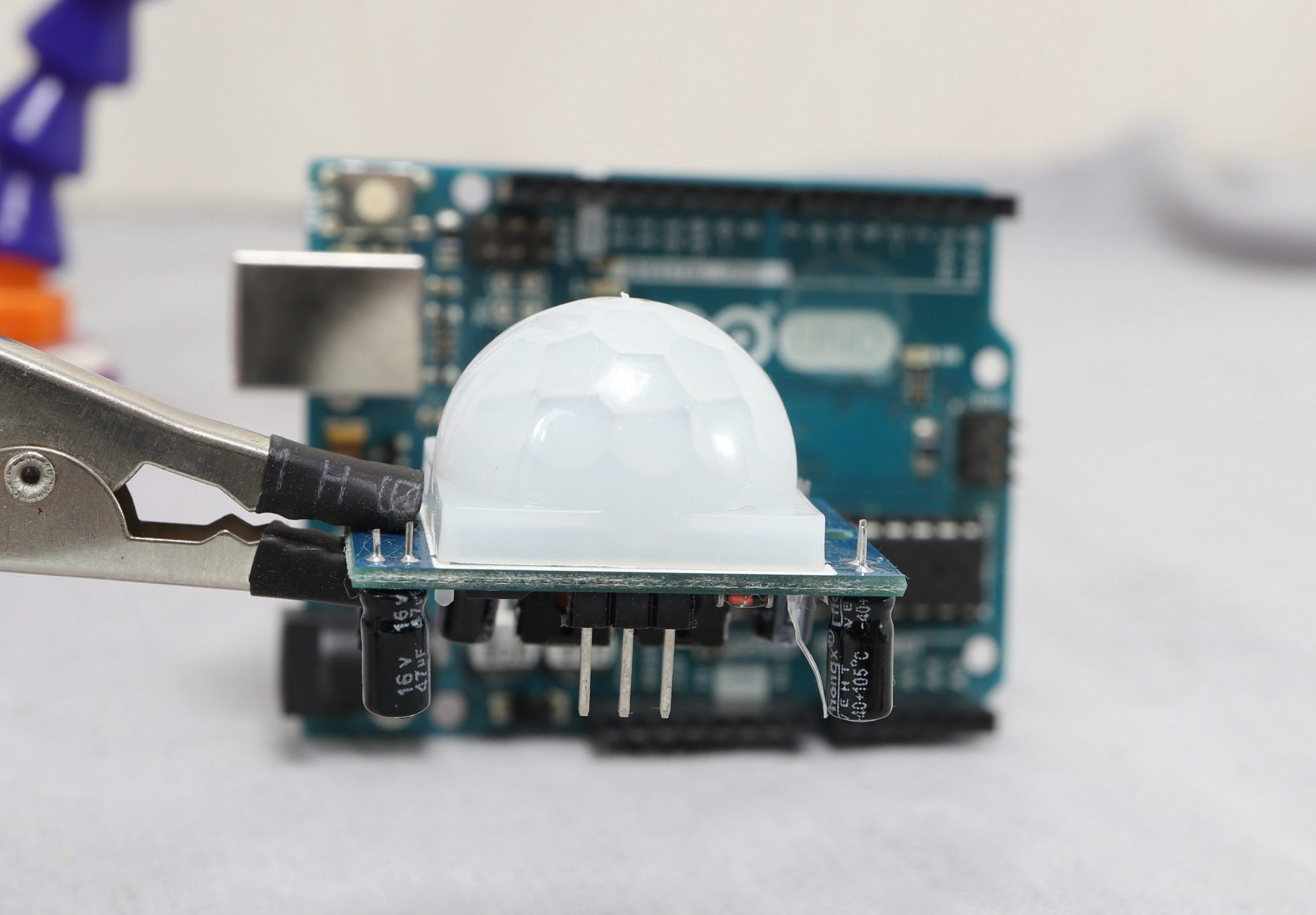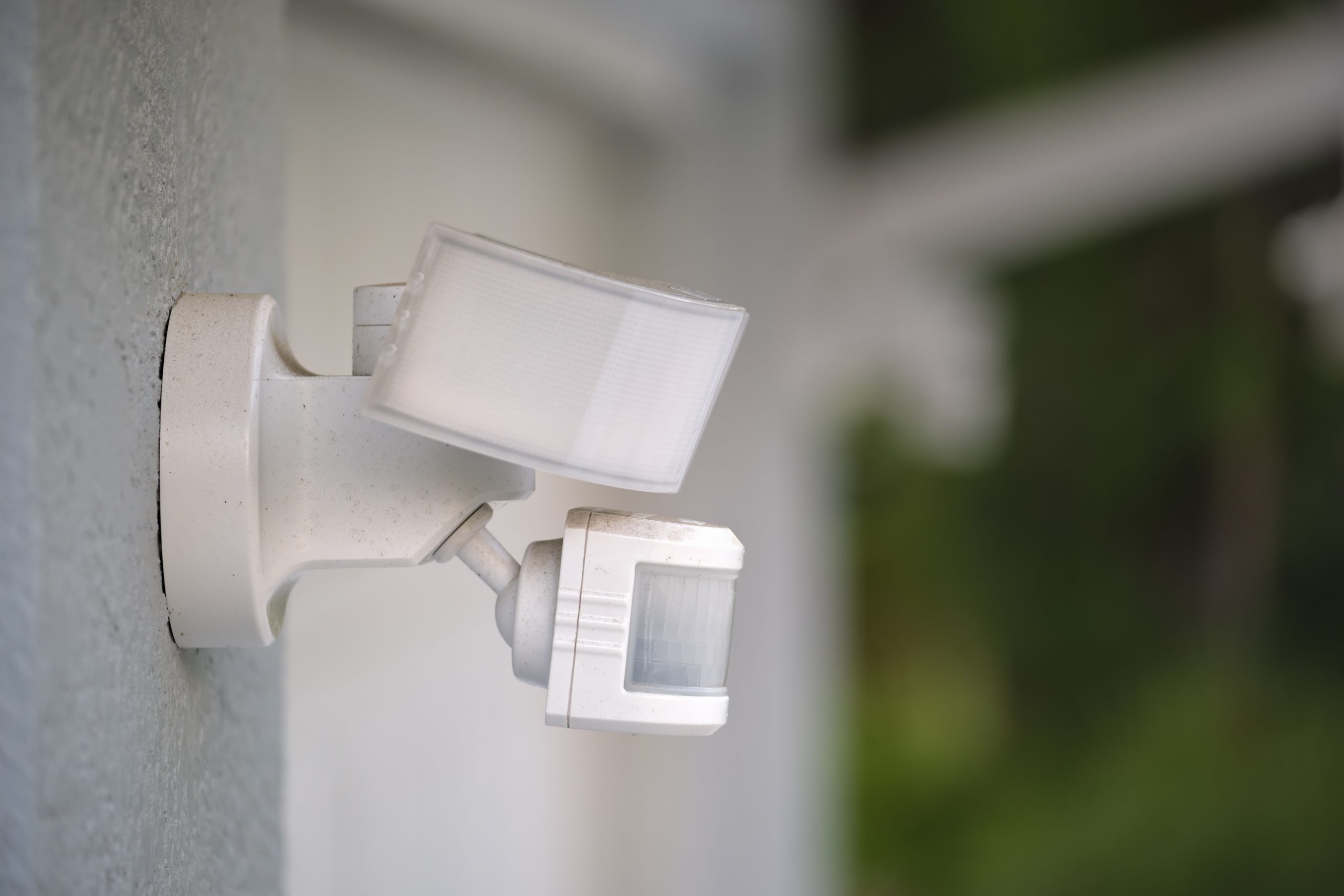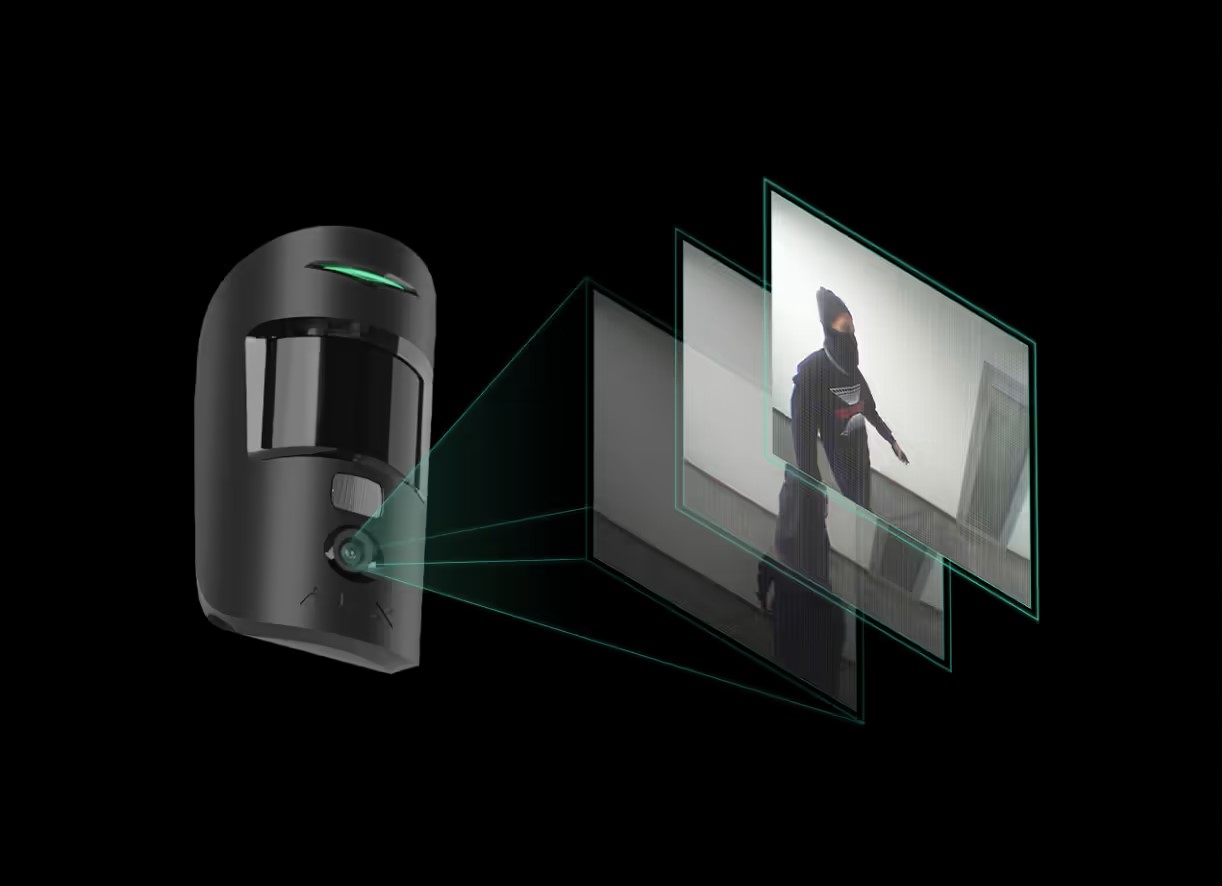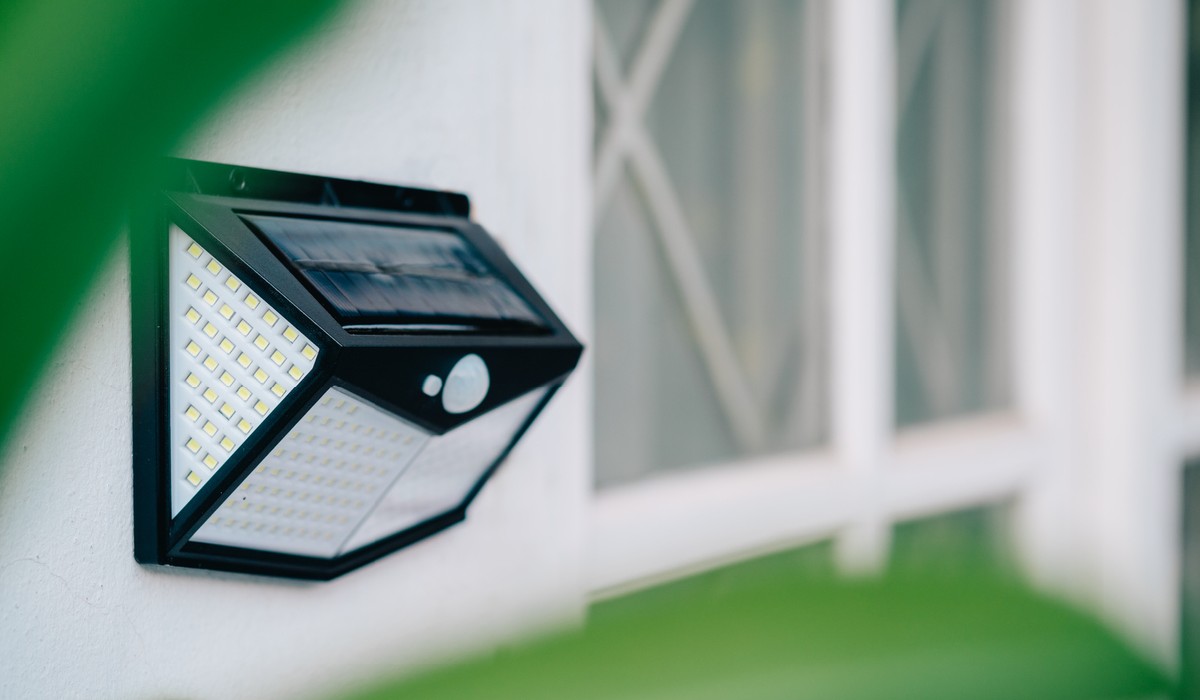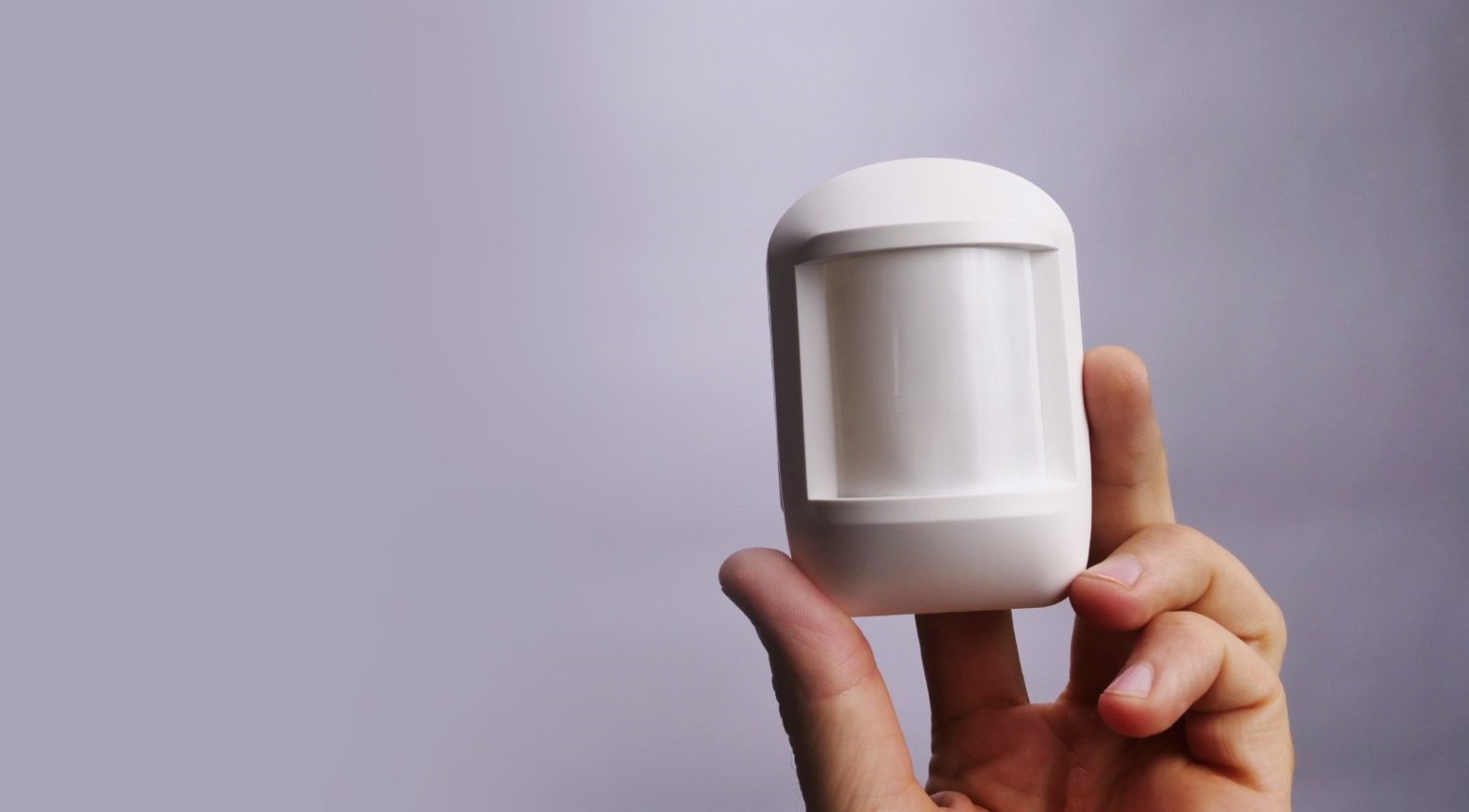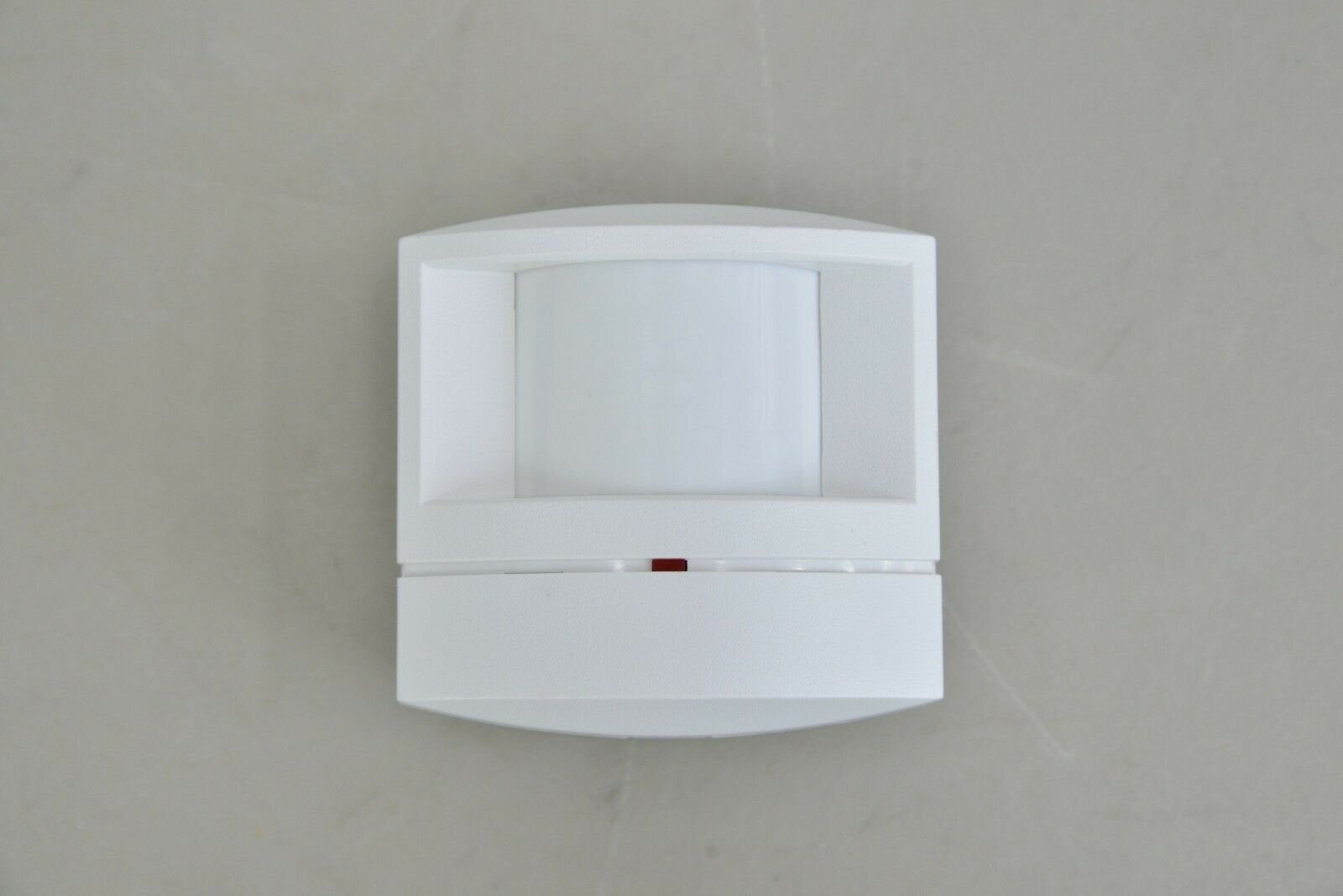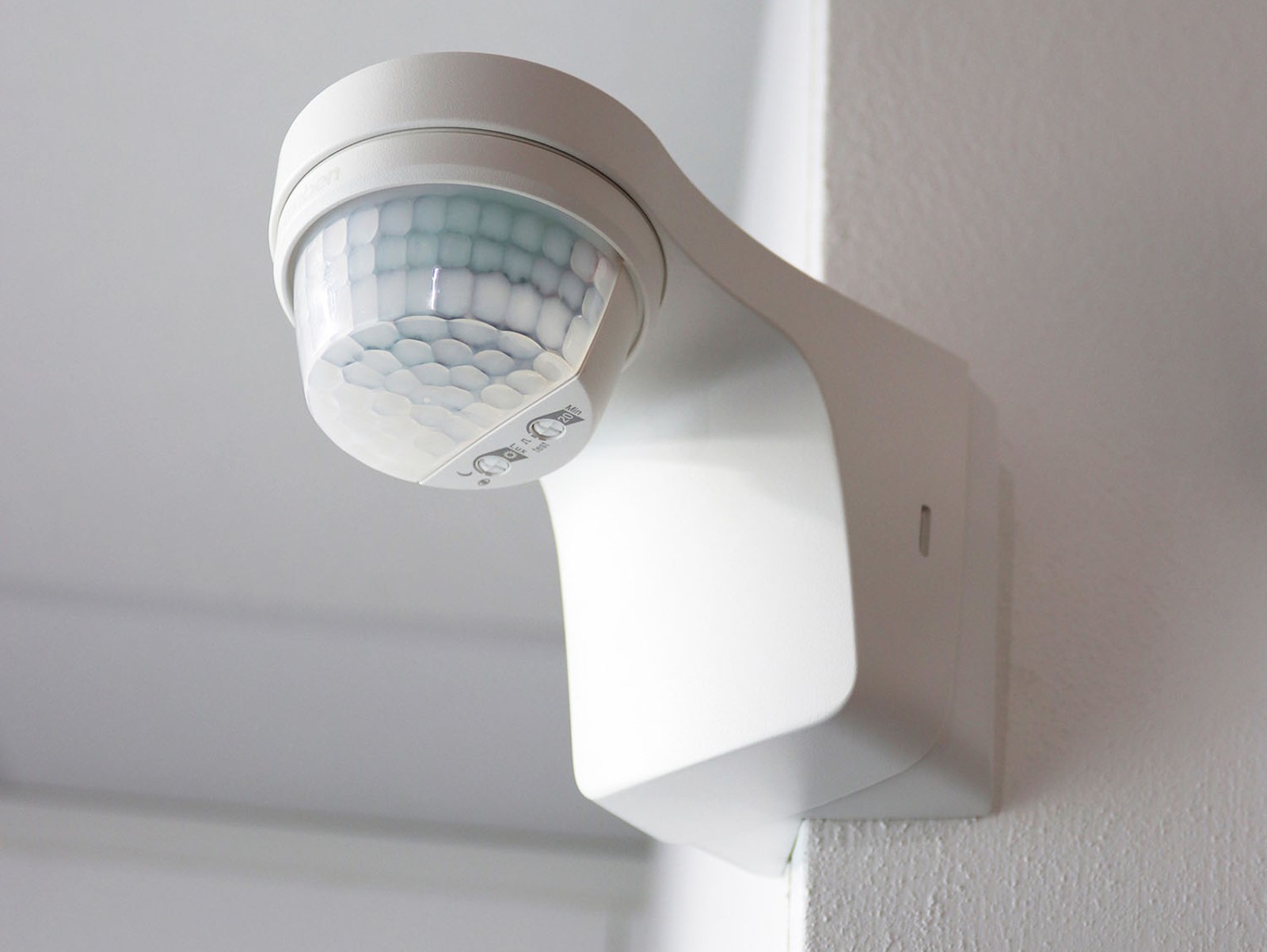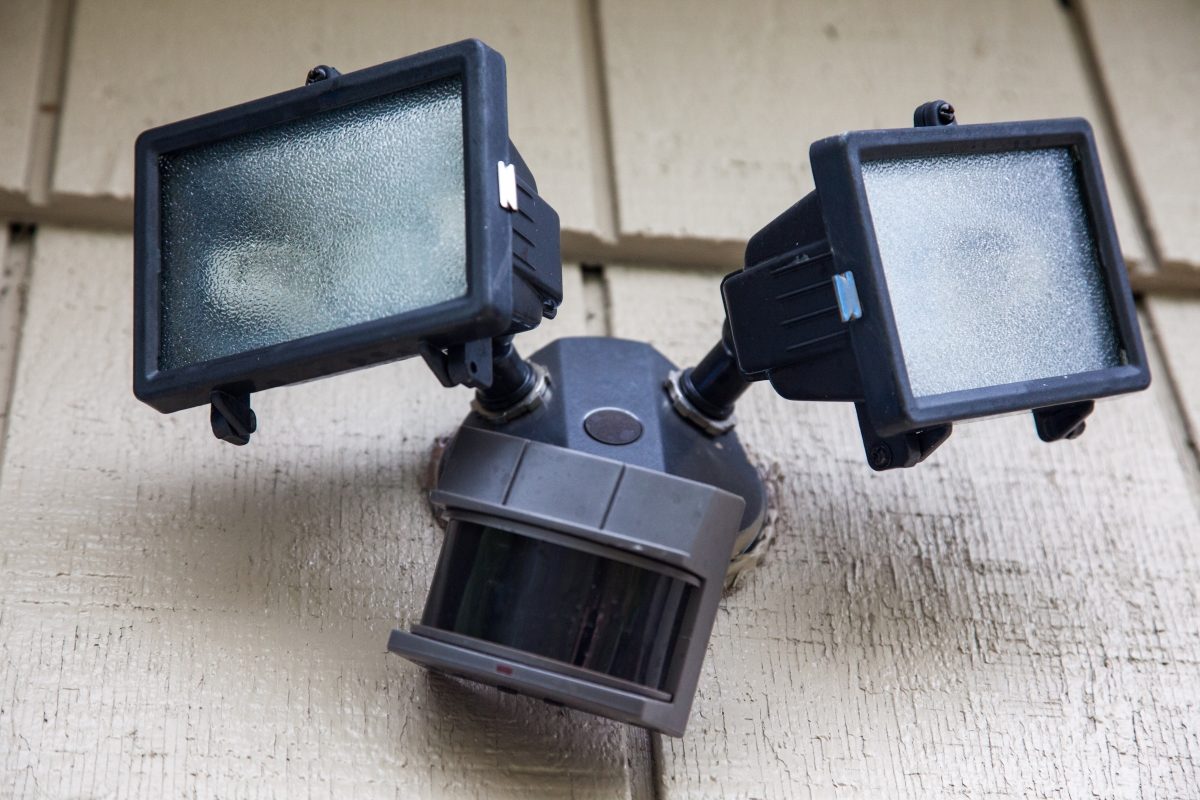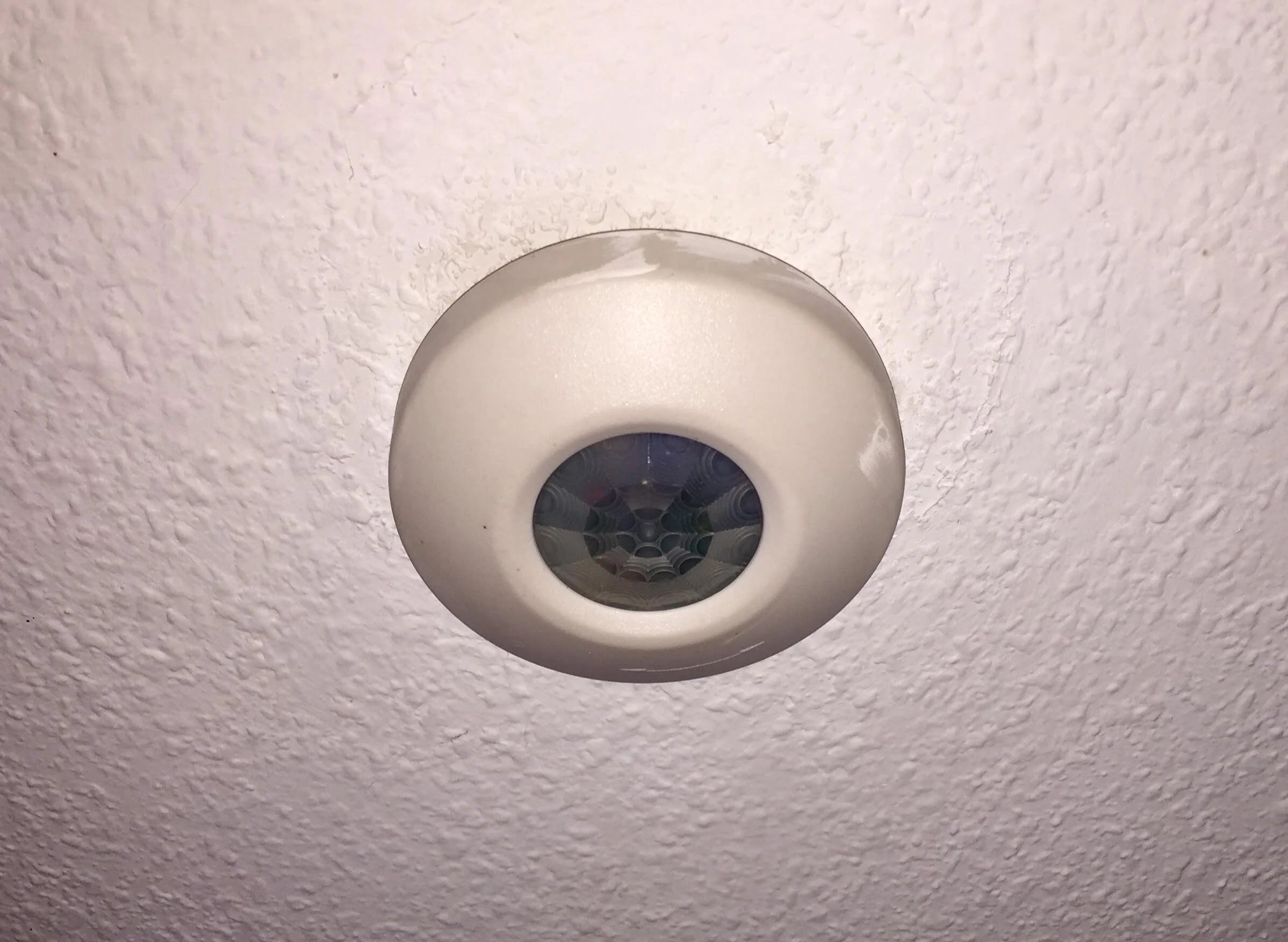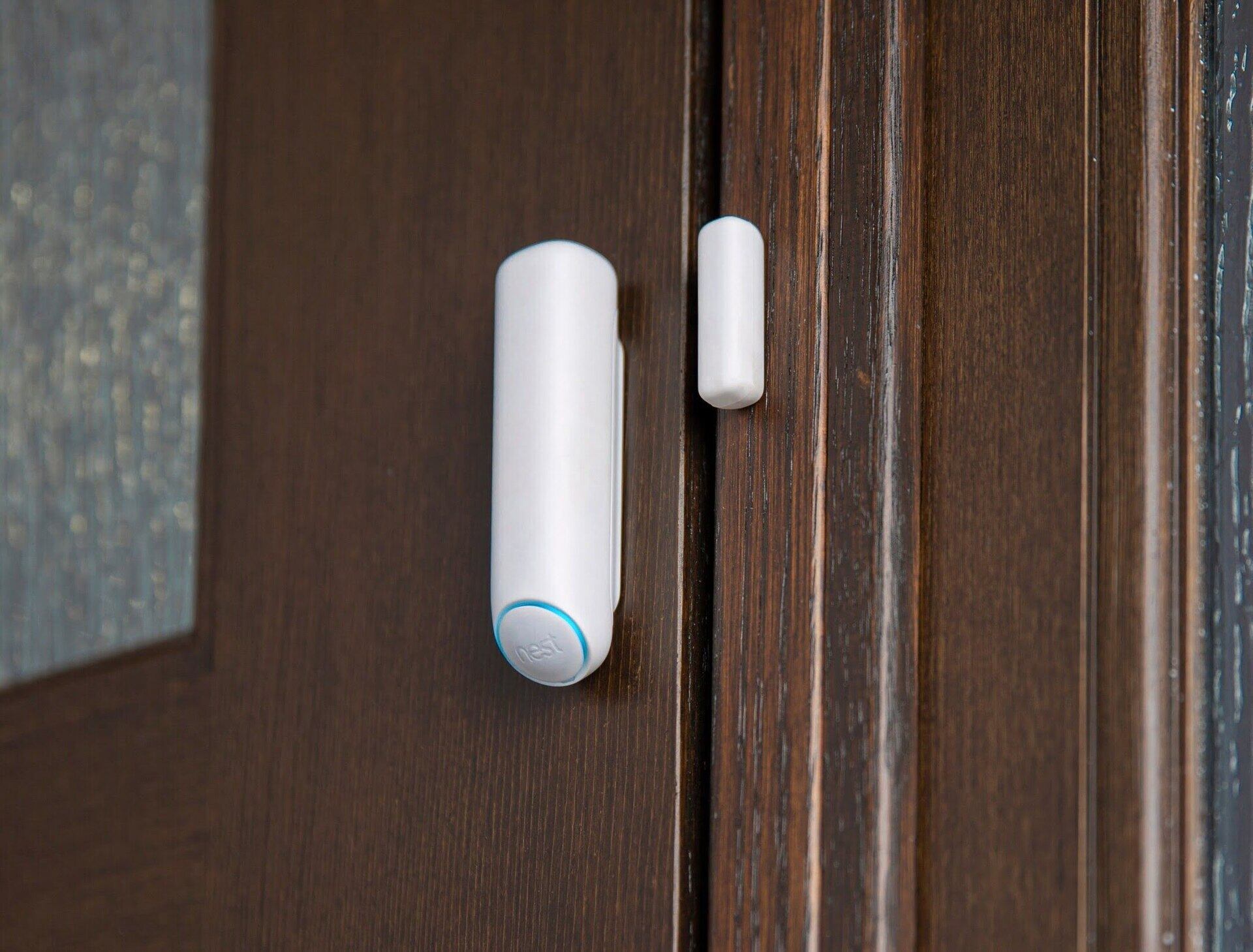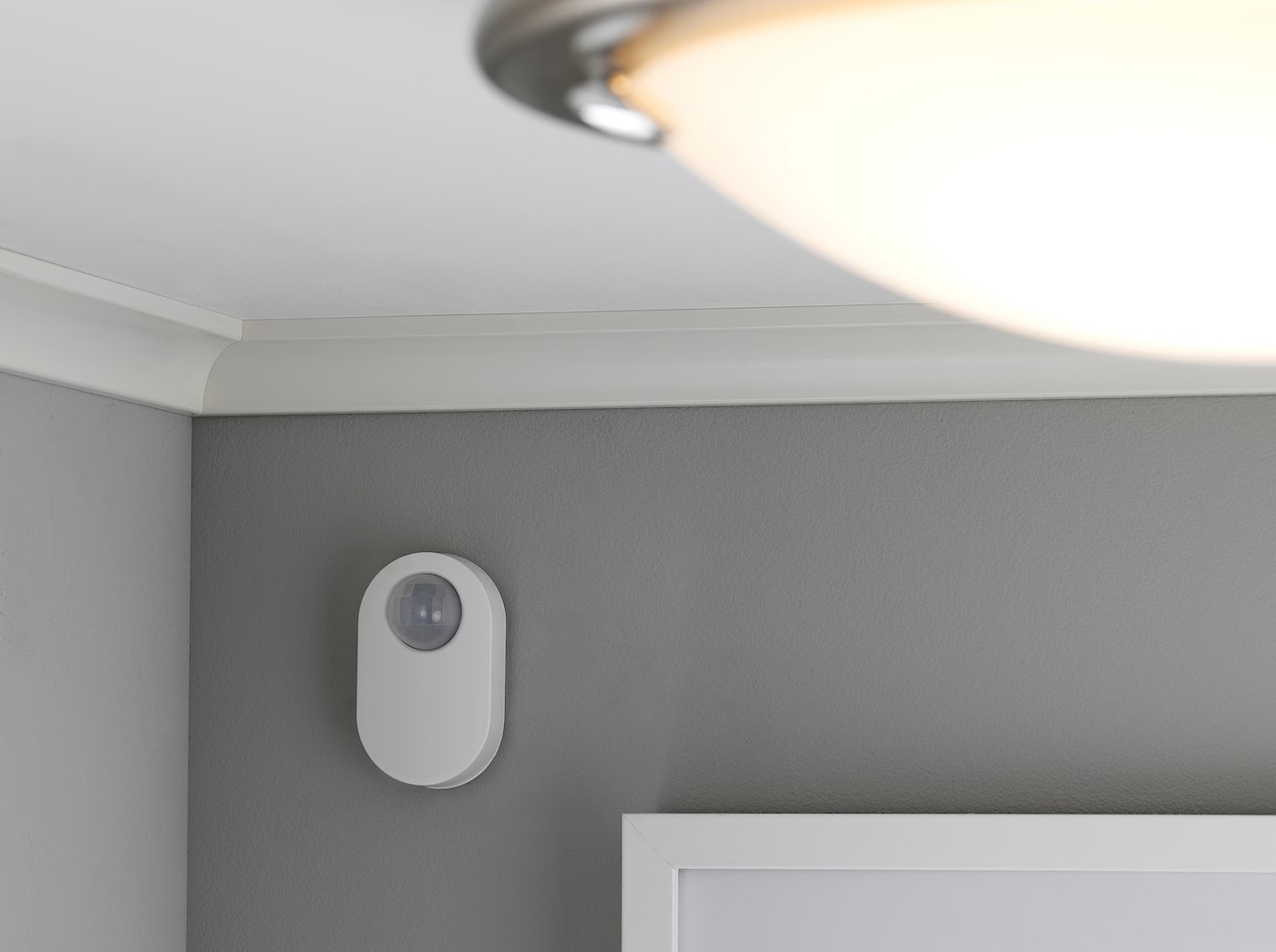Home>Home Security and Surveillance>What Is The Best Motion Detector
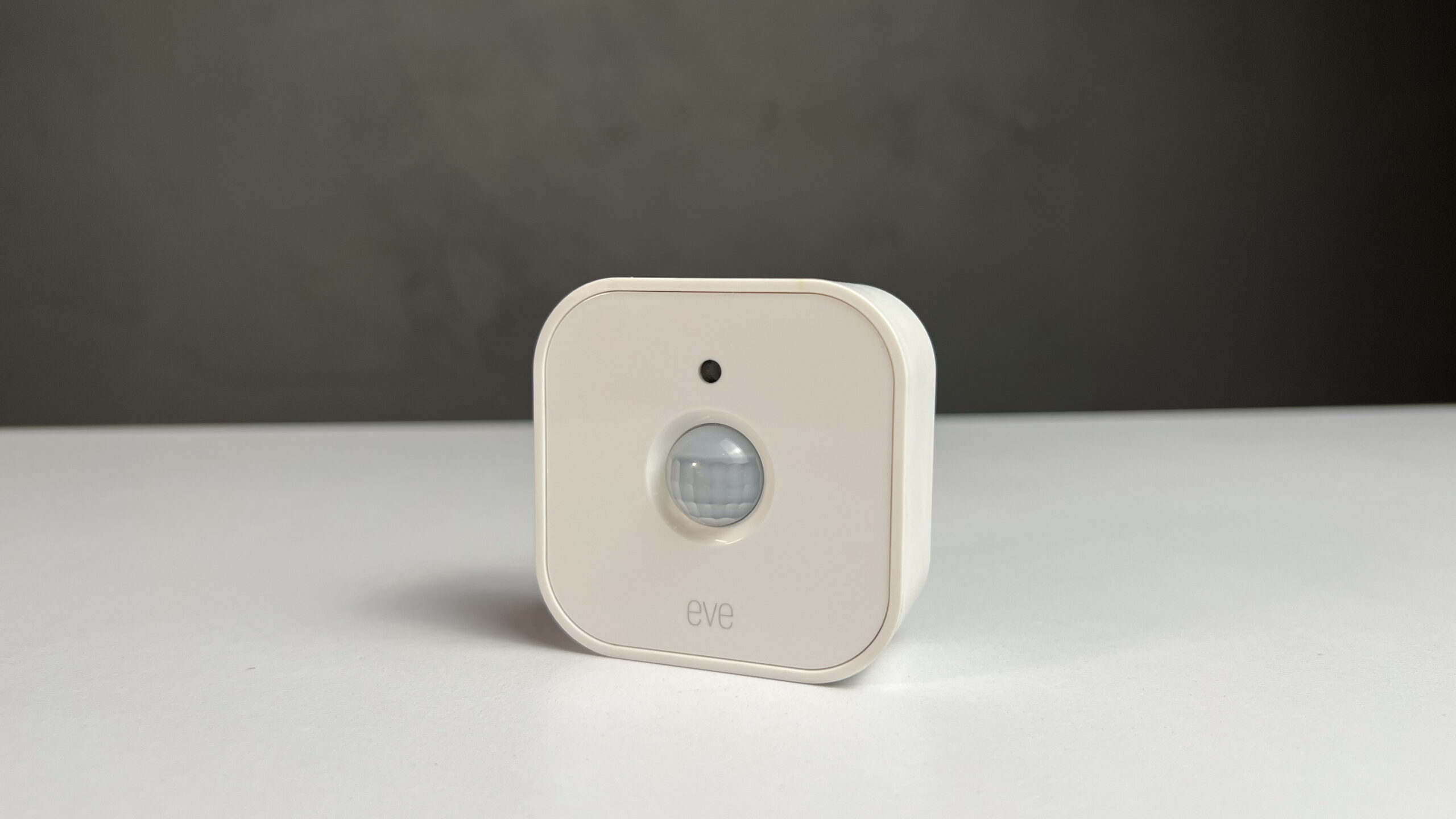

Home Security and Surveillance
What Is The Best Motion Detector
Modified: March 6, 2024
Looking for the best motion detector for your home security and surveillance? Discover top-rated options and choose the perfect one to keep your premises safe.
(Many of the links in this article redirect to a specific reviewed product. Your purchase of these products through affiliate links helps to generate commission for Storables.com, at no extra cost. Learn more)
Introduction
Welcome to the world of home security and surveillance, where motion detectors play a crucial role in keeping your property safe. Whether you are a homeowner looking to protect your family or a business owner safeguarding valuable assets, motion detectors are a key component of any security system.
Motion detectors are devices designed to detect any movement within their range. They serve as a first line of defense by alerting homeowners or security professionals of potential intruders. These devices have evolved significantly over the years, combining advanced technology with user-friendly features to provide efficient and reliable security solutions.
In this article, we will explore the different types of motion detectors, factors to consider when choosing one, popular brands in the market, as well as the pros and cons of each type. By the end, you will have a clear understanding of the best motion detector options for your specific needs and be equipped with the knowledge to make an informed decision.
Key Takeaways:
- Motion detectors are crucial for home security, using advanced technology to detect movement and alert homeowners. Understanding the different types and factors to consider helps in choosing the best option for your needs.
- Proper installation and usage of motion detectors are essential for optimal performance. Strategic positioning, sensitivity adjustments, and regular maintenance ensure reliable security for your home or business.
Read more: What Is A Vernier Motion Detector
Understanding Motion Detectors
Motion detectors utilize various technologies to detect movement within their range. Understanding how these technologies work can help you choose the most suitable motion detector for your security needs.
Passive Infrared (PIR) sensors are one of the most common types of motion detectors. They work by sensing changes in infrared radiation emitted by objects in their vicinity. When a moving object enters the sensors’ field of view, it causes a temperature change, which triggers an alarm or activates the security system. PIR motion detectors are effective in detecting human and animal movements.
Microwave sensors, on the other hand, use continuous microwave signals to monitor their surroundings. When an object moves within the detection zone, the frequency of the reflected microwaves changes. This change then triggers an alarm or activates the security system. Microwave motion detectors are ideal for outdoor areas and can detect movement through walls and other obstacles.
Dual technology motion detectors combine both PIR and microwave sensors to enhance accuracy and reduce false alarms. By requiring multiple types of stimuli to trigger an alarm, these detectors provide enhanced security and minimize the chances of false alarms.
Another technology often used in motion detectors is ultrasonic sensors. These sensors emit high-frequency sound waves and detect changes in their echoes caused by moving objects. Ultrasonic motion detectors are suitable for areas where there may be obstructions or where PIR sensors can be easily tampered with.
Additionally, some motion detectors employ video analytics to detect movement by analyzing live video feeds. These devices are equipped with advanced algorithms that can differentiate between human activity and other types of movement, reducing false alarms and providing more accurate alerts.
Understanding the different types of motion detector technologies allows you to select the one that best suits your security requirements. Factors such as the size of the area to be monitored, the presence of pets, and the level of security needed will influence your decision.
Next, we’ll explore the various types of motion detectors available in the market to help you make an informed choice.
Types of Motion Detectors
When it comes to motion detectors, there are several different types to choose from, each with its own unique features and benefits. Understanding the differences between these types will help you select the right one for your specific security needs.
1. Passive Infrared (PIR) Motion Detectors: PIR sensors are the most commonly used motion detectors in both residential and commercial settings. They detect changes in infrared energy emitted by objects in their field of view. PIR detectors are effective in detecting human and animal movements but may generate false alarms due to temperature changes caused by sunlight or other heat sources.
2. Microwave Motion Detectors: Microwave sensors use continuous microwave signals to detect motion within their range. They can detect movement through walls and other obstacles, making them ideal for outdoor areas. However, microwaves can sometimes pass through windows, leading to false alarms.
3. Dual Technology Motion Detectors: Dual technology motion detectors combine PIR and microwave sensors to minimize false alarms. These detectors require both technologies to be triggered before activating an alarm, providing enhanced security and reducing the chances of false alerts.
4. Ultrasonic Motion Detectors: Ultrasonic sensors emit high-frequency sound waves and detect changes in their echoes caused by moving objects. They are ideal for areas with obstructions or where PIR sensors may be easily blocked or tampered with. However, ultrasonic detectors can be susceptible to false alarms triggered by air conditioner units, fans, or other ultrasonic devices.
5. Video Motion Detectors: Video motion detectors use advanced algorithms to analyze live video feeds and detect movement. They can differentiate between human activity and other types of motion, reducing false alarms. Video motion detectors are commonly used in surveillance systems and can provide visual evidence of any detected activity.
It is important to consider the specific needs of your property when selecting a motion detector. Factors such as the size of the area to be monitored, the presence of pets, the environmental conditions, and the desired level of security will help determine the most suitable type of motion detector for your home or business.
Now that you have a better understanding of the types of motion detectors available, let’s explore the factors you should consider when choosing a motion detector for your security system.
Factors to Consider When Choosing a Motion Detector
Choosing the right motion detector for your security system requires careful consideration of various factors. Here are some key factors to keep in mind when making your decision:
1. Detection Range: The detection range of a motion detector determines how far it can sense movement. Consider the size of the area you want to cover and choose a detector with an appropriate range to ensure adequate coverage.
2. Pet Immunity: If you have pets in your home, look for motion detectors with pet immunity features. These detectors can ignore the movement of smaller animals, preventing false alarms triggered by your pets.
3. Sensitivity Adjustability: Motion detectors with adjustable sensitivity settings allow you to customize the level of detection based on your specific needs. This can help minimize false alarms caused by environmental factors such as moving tree branches or changing lighting conditions.
4. Installation Requirements: Consider the ease of installation when choosing a motion detector. Some detectors may require professional installation, while others are designed for DIY installation. Determine your comfort level and skillset before making a decision.
5. Power Source: Motion detectors can be wired or battery-operated. Wired detectors require a power source for operation, typically through the security system or electrical wiring. Battery-operated detectors offer more flexibility in placement but require regular battery replacements.
6. Integration with Existing Security System: If you already have a security system in place, ensure that the motion detector you choose is compatible and can seamlessly integrate with your existing system. This allows for centralized monitoring and control.
7. Weather Resistance: If you plan to use the motion detector outdoors, ensure that it is weather-resistant and can withstand harsh environmental conditions such as rain, snow, and extreme temperatures.
8. Brand Reputation: Consider the reputation of the motion detector brand. Look for reviews, ratings, and recommendations from trusted sources to ensure you are investing in a reliable and reputable product.
By considering these factors, you can select a motion detector that meets your specific needs and provides reliable security for your home or business. Now, let’s explore some popular motion detector brands in the market.
When choosing a motion detector, look for one with adjustable sensitivity and a wide detection range. This will ensure it can accurately detect motion and cover a larger area.
Popular Motion Detector Brands
When it comes to motion detectors, there are several reputable brands that have gained recognition for their quality, reliability, and innovative features. Here are some popular motion detector brands worth considering:
1. Honeywell: Honeywell is a well-established brand in the home security industry. They offer a wide range of motion detectors with advanced features such as pet immunity, adjustable sensitivity, and long detection ranges. Honeywell motion detectors are known for their reliability and compatibility with a variety of security systems.
2. Bosch: Bosch is another renowned brand that offers a range of high-quality motion detectors. Their detectors feature advanced technology, including DualCore signal processing and Tri-Focus optics, for precise motion detection and immunity against false alarms. Bosch motion detectors are known for their accuracy and durability.
3. DSC (Digital Security Controls): DSC is a leading brand in the security industry and offers a variety of motion detectors for residential and commercial use. Their detectors are known for their energy efficiency, pet immunity, and wide-angle coverage. DSC motion detectors are compatible with their extensive range of security systems.
4. Ring: Ring is a popular brand known for its video doorbells and security cameras. They also offer motion detectors that integrate seamlessly with their Ring Alarm systems. Ring motion detectors provide both motion detection and video recording capabilities, allowing you to monitor and record any detected activity.
5. Nest: Nest is a trusted brand known for its smart home devices. Their motion detectors are designed to work with the Nest Secure system, providing reliable motion detection and instant alerts. Nest motion detectors also have a built-in Pathlight feature that illuminates your path when you walk by.
6. Arlo: Arlo specializes in wireless security camera systems, but they also offer motion detectors as part of their ecosystem. These detectors work in conjunction with Arlo cameras, providing enhanced security and allowing you to monitor your property remotely.
When choosing a motion detector, consider the specific features and compatibility with your existing security system. Additionally, read customer reviews and seek recommendations to ensure you select a motion detector from a trusted and reputable brand.
Now that we’ve explored popular motion detector brands, let’s discuss the pros and cons of different motion detector types to help you make an informed decision.
Read more: What Is A Driveway Motion Detector
Pros and Cons of Different Motion Detectors
Each type of motion detector has its own advantages and disadvantages. Understanding these pros and cons will help you make an informed decision when choosing the right motion detector for your home or business security needs.
Passive Infrared (PIR) Motion Detectors:
- Pros: PIR detectors are affordable, easy to install, and effective in detecting human and animal movements. They are less prone to false alarms caused by non-living objects and are widely available in the market.
- Cons: PIR detectors can be triggered by sudden temperature changes, such as sunlight or hot air from heating vents. They may not be ideal for large outdoor areas or environments with frequent temperature fluctuations.
Microwave Motion Detectors:
- Pros: Microwave detectors are capable of detecting movement through walls and other obstacles, making them suitable for outdoor areas. They are less affected by temperature changes and can cover a larger detection area.
- Cons: Microwaves can sometimes pass through windows, leading to false alarms. Additionally, these detectors can be more expensive than PIR detectors and consume more power.
Dual Technology Motion Detectors:
- Pros: Dual technology detectors combine the benefits of PIR and microwave sensors, providing enhanced accuracy and minimizing false alarms. They require both technologies to be triggered, making them more reliable in detecting actual threats.
- Cons: Dual technology detectors tend to be more expensive than single technology detectors. Installation can be more complex, and they may consume more power than PIR or microwave detectors.
Ultrasonic Motion Detectors:
- Pros: Ultrasonic detectors are ideal for areas where there may be obstructions or where PIR sensors can be easily tampered with. They can detect movement regardless of temperature changes and are less prone to false alarms caused by non-living objects.
- Cons: Ultrasonic detectors can be triggered by air conditioner units, fans, or other ultrasonic devices, leading to false alarms. They may not be as effective in detecting subtle movements compared to PIR or microwave detectors.
Video Motion Detectors:
- Pros: Video motion detectors provide visual evidence of any detected activity. They can differentiate between human activity and other types of motion, reducing false alarms. They offer the convenience of remote monitoring and recording.
- Cons: Video motion detectors require a reliable internet connection and depend on the quality of the video feed for accurate detection. They can be more expensive than other types of motion detectors and may require professional installation.
Consider these pros and cons in relation to your specific security requirements, budget, and the environment in which the motion detector will be installed. This will help you choose the most suitable type of motion detector for your needs.
Now, let’s move on to some essential tips for installing and using motion detectors effectively.
Tips for Installing and Using Motion Detectors
Proper installation and usage of motion detectors are essential to ensure optimal performance and reliable security. Here are some valuable tips to keep in mind when installing and using motion detectors:
1. Positioning: Position the motion detector strategically to cover the desired area, considering the detection range and angle. Mount the detector at a height of 6 to 8 feet above the ground for optimal detection of human movement.
2. Avoid Obstructions: Ensure that the detection area is free from any obstructions that may block or interfere with the motion detector’s field of view. This includes furniture, plants, curtains, or any other objects that could cause false alarms or obstruct accurate detection.
3. Adjust Sensitivity: Fine-tune the sensitivity settings of the motion detector based on the specific environment to minimize false alarms. Lower sensitivity in areas with moving objects like trees or frequent lighting changes, and increase sensitivity in areas where intruders are more likely to be detected.
4. Test Regularly: Perform regular tests to ensure the motion detector is functioning correctly. Walk around the detection area and verify that the detector is triggering the alarm or activating the security system as expected. Replace batteries or address any issues promptly.
5. Pet Immunity: If you have pets, consider motion detectors with pet immunity features. These detectors can be adjusted to ignore the movement of smaller animals, preventing false alarms caused by your pets. Follow the manufacturer’s instructions to set the appropriate pet immunity level.
6. Lighting Conditions: Consider the lighting conditions in the detection area. Ensure that the detector is not exposed to direct sunlight, as it can trigger false alarms. Adjust the position or use curtains or blinds to minimize the impact of changing lighting conditions.
7. Regular Maintenance: Periodically clean the motion detector’s lens and ensure it is free from dust, dirt, or spider webs that could obstruct the sensor’s performance. A clean lens ensures accurate detection and reduces the chances of false alarms.
8. Integration with Security System: If your motion detector is part of a larger security system, familiarize yourself with the integration process. Ensure the detector is properly connected and set up according to the manufacturer’s instructions for seamless operation.
9. Consider Multiple Detectors: Depending on the size and layout of your property, consider installing multiple motion detectors to cover different areas effectively. This can enhance the overall security coverage and provide a comprehensive detection system.
10. Regular Updates: Stay informed about firmware updates or software upgrades provided by the motion detector manufacturer. These updates often include enhancements, bug fixes, or new features that can improve the detector’s performance and overall security system functionality.
By following these tips, you can maximize the effectiveness and reliability of your motion detectors, providing enhanced security for your home or business. Now, let’s conclude our discussion on motion detectors.
Conclusion
Motion detectors are essential components of any home security and surveillance system, providing an added layer of protection by detecting and alerting homeowners or security professionals of potential intruders. Understanding the different types of motion detectors and their pros and cons is crucial in choosing the most suitable option for your specific security needs.
Passive Infrared (PIR) motion detectors are commonly used for their affordability and effectiveness in detecting human and animal movements. Microwave motion detectors offer the ability to detect movement through walls and other obstacles. Dual technology detectors combine PIR and microwave sensors for enhanced accuracy and reduced false alarms. Ultrasonic detectors are suitable for areas with obstructions, while video motion detectors provide both motion detection and visual evidence.
When selecting a motion detector, consider factors such as the detection range, pet immunity, adjustability, installation requirements, power source, integration with existing security systems, weather resistance, and brand reputation. Popular motion detector brands include Honeywell, Bosch, DSC, Ring, Nest, and Arlo, known for their quality and reliability.
Proper installation and usage of motion detectors are essential for optimal performance. Tips include strategic positioning, avoiding obstructions, adjusting sensitivity, regular testing and maintenance, considering lighting conditions and pet immunity, and integration with security systems. These tips will help ensure that your motion detectors function effectively and minimize false alarms.
In conclusion, motion detectors play a crucial role in enhancing the security of your home or business. By understanding the different types of motion detectors, considering important factors, and following installation and usage tips, you can make an informed decision and enjoy the peace of mind that comes with a reliable and effective security system.
Remember, it is always recommended to consult with professionals or security experts for personalized advice based on your specific security requirements.
Frequently Asked Questions about What Is The Best Motion Detector
Was this page helpful?
At Storables.com, we guarantee accurate and reliable information. Our content, validated by Expert Board Contributors, is crafted following stringent Editorial Policies. We're committed to providing you with well-researched, expert-backed insights for all your informational needs.
